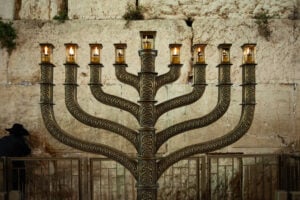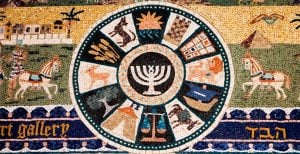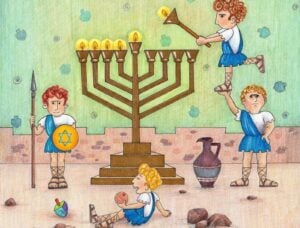This week, we will celebrate Rosh Chodesh Adar – the beginning of the Hebrew month of Adar. This month is home to one of the most exciting holidays in the Jewish calendar: Purim!
Purim is unique in the Jewish calendar because, unlike other festivals which are intended as celebratory or happy or joyful, Purim doesn’t carry happiness in name or intention alone. In the Talmud – the enormous, multi-volume Aramaic discussions about the Oral Torah – we are commanded to be happy on the holiday.
It goes one step further: the pure, unadulterated joy that Purim brings is not to be confined to just one day. The Talmud states mishenichnas adar marbim besimcha – when Adar is entered, grow in happiness. Purim’s happiness is not just for the day itself, but also suffuses the entire month in which the holiday falls.
There is one catch: the Talmud doesn’t specify ways in which to express this increased happiness. Plus, isn’t it a little fake? Acting happy because you were told to, instead of truly and genuinely feeling happy?
The Talmud doesn’t want you to just act happy. It wants you to take the onset of Purim, a holiday that celebrates heroism and freedom and triumph over adversity ahead of Passover, which commemorates the same, and use it to build genuine happiness.
People approach this is many different ways. Some see it as the perfect opportunity to bring happiness to others. This can be as superficial as wearing something Purim-like (such as a silly tie or hat) just to make people smile, or as deep as setting up loans to help fellow Jews escape debt ahead of the holidays.
Others see it as an amazing time to focus on their own happiness, both by making lifestyle changes such as achieving a better work-life balance, or by taking the time to appreciate the friends, family, and life they have – and the freedoms and privileges that come with it – and realising true happiness through this.
If you think you can find happiness, now is the time to do it. Book a mini-break with the person you love, leave work on time to spend more time with your children, or make time to do something – no matter how trivial – for yourself every day. Better yet, spread that happiness to those around you and share the true meaning of Purim with the world!







